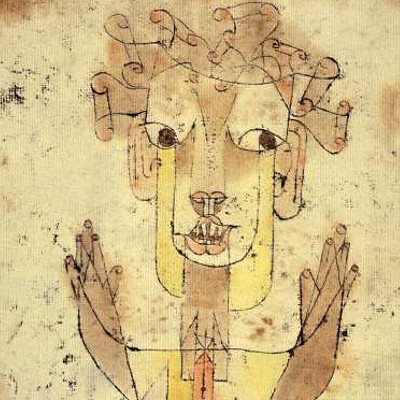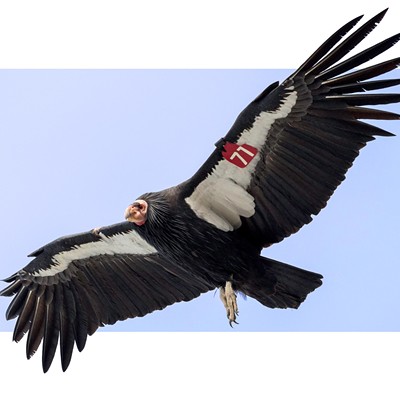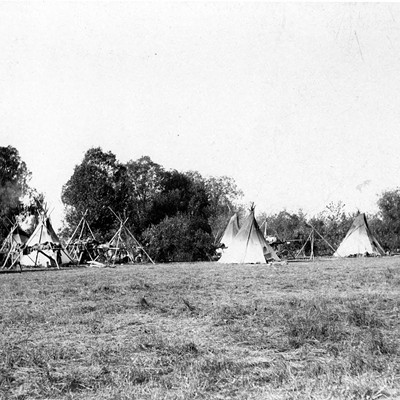A century ago, way up in the northeastern corner of Washington state — far above the Kettle River and three miles outside the town of Orient — the First Thought Mine was producing 6,000 tons of gold and silver annually. Sunk to a depth of 130 feet below ground — and with multiple shafts — First Thought was a vigorous operation that employed dozens of miners.
As soon as the shrinking boundaries of the Colville Indian Reservation opened the northeast corner of Washington for mineral exploitation, it hadn’t taken early prospectors long to realize that the region of the Sanpoil Volcanics — which extends from Republic east toward the confluence of the Kettle and Columbia rivers — held promise for gold and silver. In a world of myriad digs but very little actual revenue, the First Thought claim above the Kettle River stood out.
At first, its ore was hauled down a three-and-a-half-mile wagon road that wore its way from the portal to the new town of Orient. Later, an aerial tramway carried ore in buckets from the First Thought entrance 13,000 feet downhill to bunkers on the tracks of a new Great Northern Railroad line, just outside Orient.
Isolated up in the corner of a new state, the miners needed some diversion and companionship — and they found both in a ram named Duke.
Back in 1898, a herd of sheep being driven into British Columbia had lingered nearby long enough for the shepherds to sell half a dozen of their sheep to the prospectors who were proofing up the claim. While five ewes soon went into the stew pot, Duke became an instant favorite pet among the men. His royal bearing earned him his name, and over the succeeding years, his rack grew to an impressive double curl. In a photograph, Duke faces the camera head on. His horns shoot forward toward the cameraman in a cascade of forward twists, and a monogrammed wool robe — could it have been cut from a Hudson’s Bay Company blanket? — covers his back.
Soon after his arrival, Duke began to follow the crew to work inside the mine, strutting comfortably into the tunnel’s darkness and never leaving until the men called it a day. During the boom years, if a night shift followed the first crew back in, Duke would turn around to keep them company as well.
An article in the Colville Examiner issue of Christmas Eve, 1910, related that Duke “had many miraculous escapes from death, the men often going back into the mine after the blasts had gone off expecting to find him dead, but always found him on his way out unhurt.”
During the cold months of winter, or when too many coyotes were singing around the mine works, Duke would take his rest in front of the men’s sleeping quarters. In time, he learned to butt open the bunkhouse door and stroll inside to curl up by the woodstove there. The officials of the mine always treated him with respect.
But that same Colville Examiner edition carried Duke’s obituary:
The Duke Is Dead
Died, at the First Thought Mine, from the effects of cancer of the throat, “Duke,” the mascot of the mine.
And the article concludes with a straight-faced eulogy:
During his life Duke made friends extending from one side of the continent to the other, and far into Canada, and they will all hear of his death with regret. “Duke’s” last resting place is in a little plot among the roses of the First Thought garden.
Duke’s passing coincided with the end of an era.
Between 1904 and 1910, more than 36,000 tons of ore had been shipped from the First Thought diggings. But after those few glorious years, the high-grade gold ore began to wane. And then a crash in the silver market left the First Thought — and indeed the entire Orient mining district — dead in the water.
By the time Washington state geologist Charles E. Weaver filed a report about Stevens County Mineral Resources in 1920, there was no way to hide the depressed state of the Orient District. He found most of the mine roads in a bad state of repair “owing to disuse,” and his “investigations of the ore deposits in the underground workings was greatly hampered because of the fact that the majority of the properties were inactive and the shafts filled with water and the tunnels caved.”
But miners, like Duke, are a resilient lot, and the First Thought was far from dead. The mine was worked extensively in the 1930s and early ’40s; since World War II, a succession of mining companies has revisited those tailings and tunnels — taking new assays, always hoping for a return to that magic first decade of the 20th century and the miner’s luck that Duke the ram somehow carried with him.
























